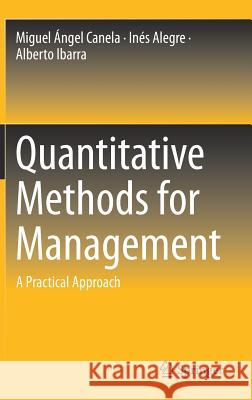Quantitative Methods for Management: A Practical Approach » książka
topmenu
Quantitative Methods for Management: A Practical Approach
ISBN-13: 9783030175535 / Angielski / Twarda / 2019 / 144 str.
Quantitative Methods for Management: A Practical Approach
ISBN-13: 9783030175535 / Angielski / Twarda / 2019 / 144 str.
cena 342,14
(netto: 325,85 VAT: 5%)
Najniższa cena z 30 dni: 327,68
(netto: 325,85 VAT: 5%)
Najniższa cena z 30 dni: 327,68
Termin realizacji zamówienia:
ok. 22 dni roboczych
Dostawa w 2026 r.
ok. 22 dni roboczych
Dostawa w 2026 r.
Darmowa dostawa!
Kategorie:
Kategorie BISAC:
Wydawca:
Springer
Język:
Angielski
ISBN-13:
9783030175535
Rok wydania:
2019
Wydanie:
2019
Ilość stron:
144
Waga:
0.40 kg
Wymiary:
23.39 x 15.6 x 1.12
Oprawa:
Twarda
Wolumenów:
01
Dodatkowe informacje:
Wydanie ilustrowane











